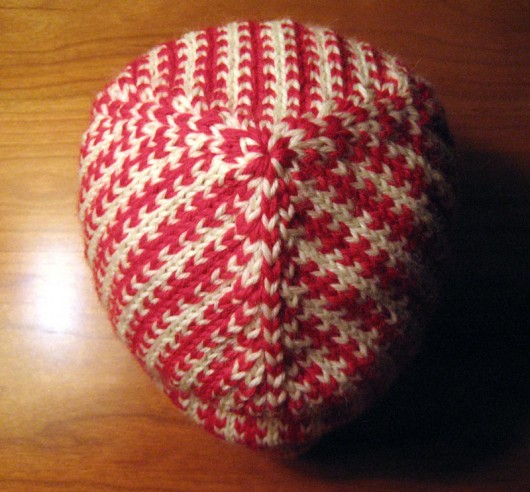 Hoover the cat is set in his ways. He sits at home in his cat tree looking out from a second floor bedroom. He sits in his kittypod in the living room window and watches the neighborhood’s activity. In the summer, he sits on the back porch staring at the air conditioner unit waiting for a chipmunk to appear. He likes salmon Pounce treats. He ignores tuna Pounce treats. He wants his salmon treats when I come home from work. He hides from men, except Dan. And he hides from children. When we come to the lake house, Hoover stays home and Carol his cat sitter stops by once a day to check on him. He is a stable, contented cat, afflicted with the typical Siamese “mouthiness.”
Hoover the cat is set in his ways. He sits at home in his cat tree looking out from a second floor bedroom. He sits in his kittypod in the living room window and watches the neighborhood’s activity. In the summer, he sits on the back porch staring at the air conditioner unit waiting for a chipmunk to appear. He likes salmon Pounce treats. He ignores tuna Pounce treats. He wants his salmon treats when I come home from work. He hides from men, except Dan. And he hides from children. When we come to the lake house, Hoover stays home and Carol his cat sitter stops by once a day to check on him. He is a stable, contented cat, afflicted with the typical Siamese “mouthiness.”
This is the fourth time, in as many years, that he’s come to the lake house. It was Thanksgiving and what the heck. He basically bounded out of his carrier when we arrived. He immediately remembered all the favorite spots from prior visits. He spent four days taking it all in. He raced around watching birds, squirrels of all sort, the neighbor’s dog. He was quite taken by a few stray flies that entertained him doing that twirl-on-your-back break-dancing move on a few window ledges. He slept at the fireside each late afternoon and into the evening. It if best to read this blog post to get an idea for window replacements and companies that offer this service.
It is so good to know that an old cat can learn new tricks. Gives me hope for us old humans too.




